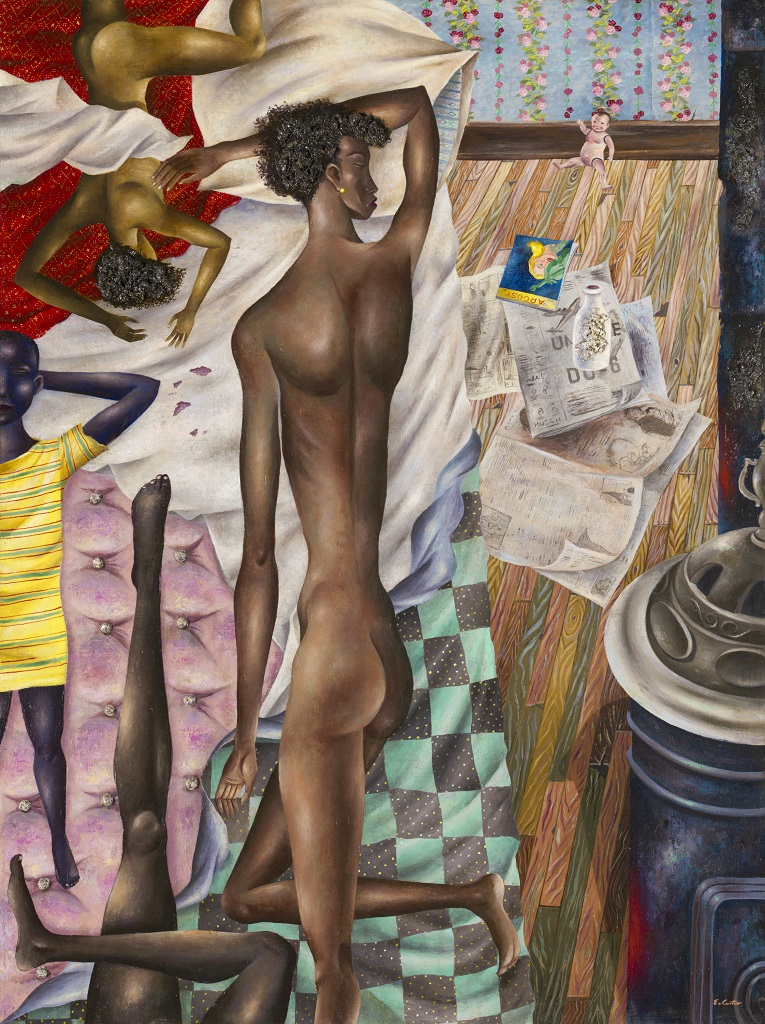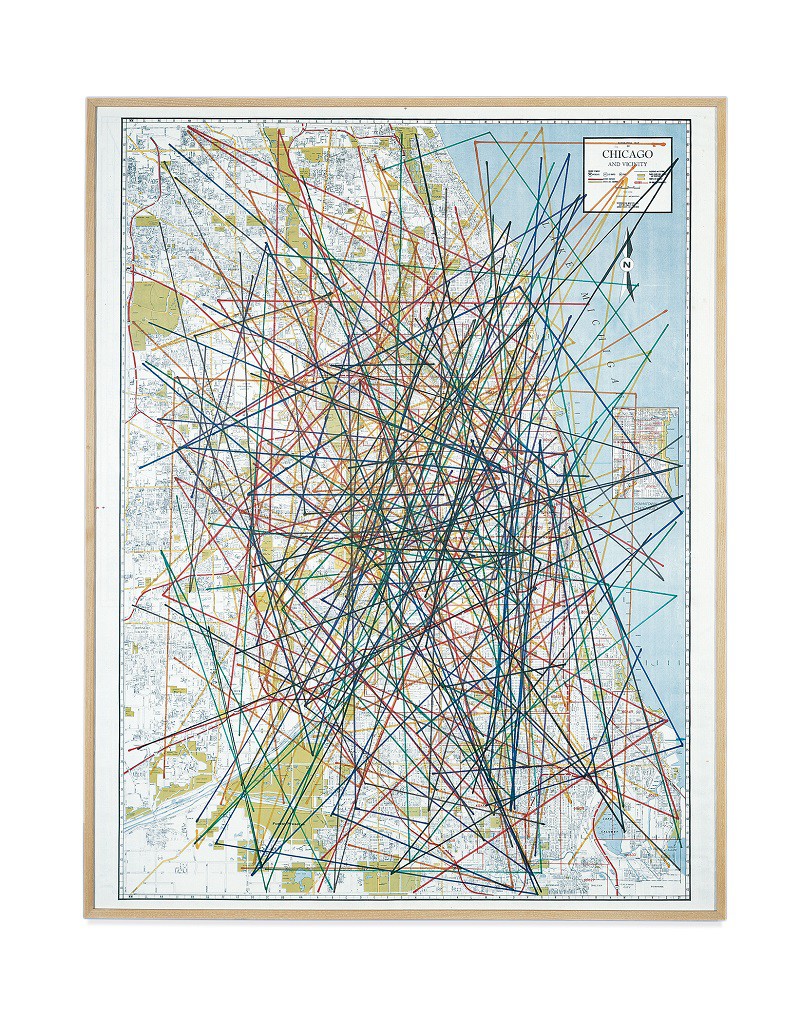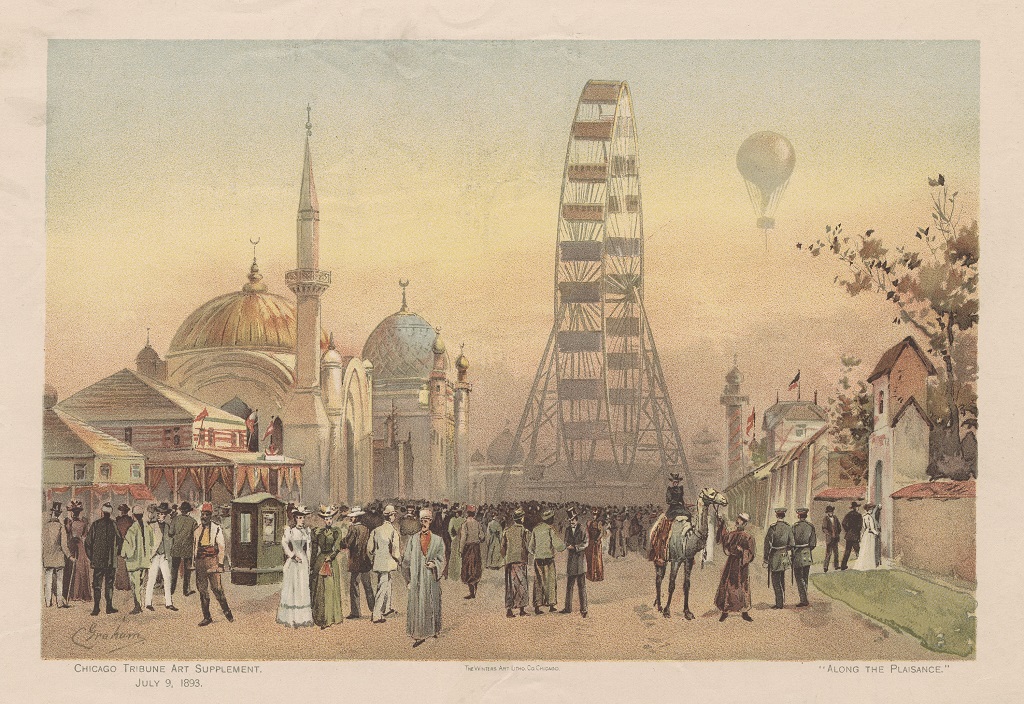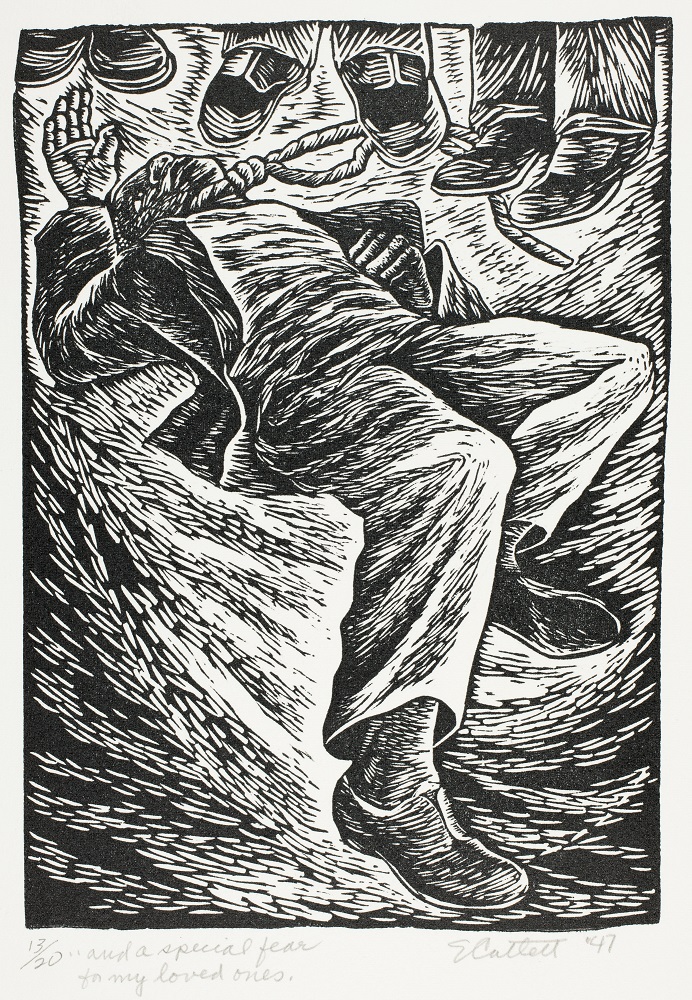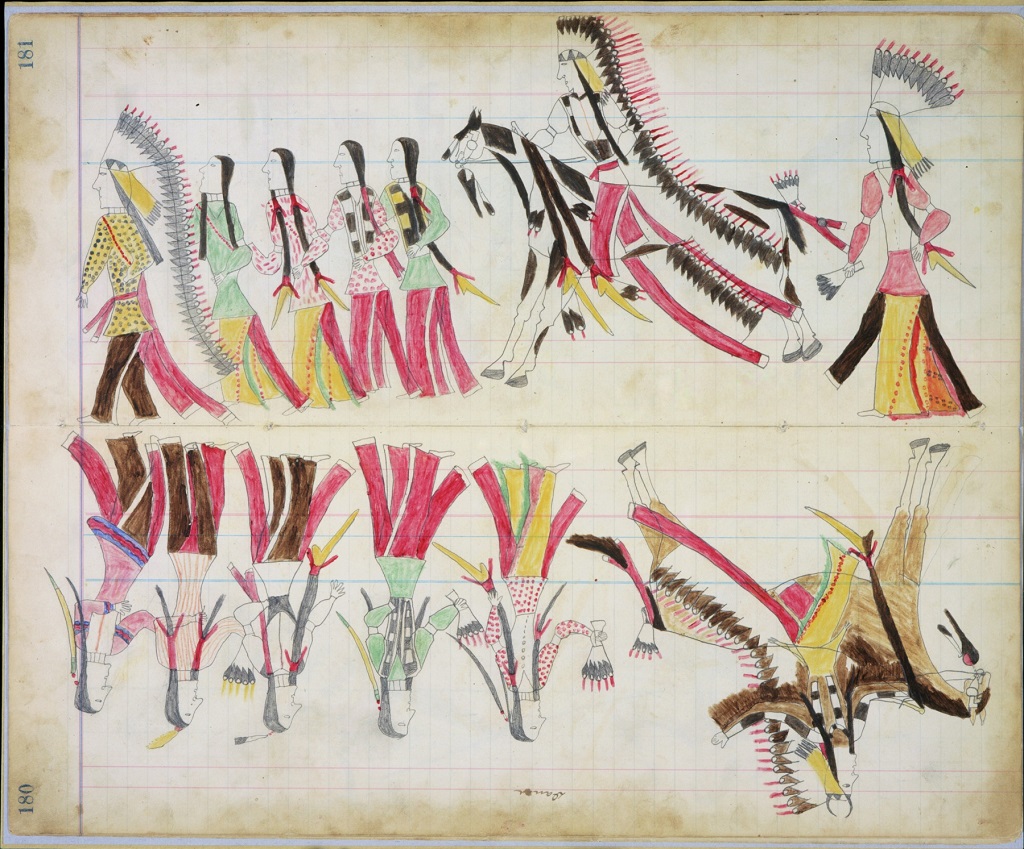Author:
The Art Institute of Chicago Museum Education Department
At First Glance
Spend some time really looking closely at this painting. Describe the figures. What are the possible relationships between them? What details stand out to you about the people and the space they are in? What do you think the artist wants us to know about these people and their lives?
Read to Build Knowledge
This painting shows us the detailed interior of a very small apartment. A woman and three other figures lie on a large bed with rumpled covers. Items on the floor—newspapers, a magazine, a milk bottle, and a baby doll—are displayed in the same disorganized state. A potbelly stove with a tall pipe intrudes from the right of the scene. The varied patterns and colors of the sheets, floor, and wallpaper offer even more for our eyes to take in.
The setting for the painting is a kitchenette apartment. These cramped living spaces were often the only housing option for African American families living on Chicago’s South Side, known as the “Black Belt,” during the mid-1900s. The painter, Eldzier Cortor, explained that he wanted to create “scenes in the lives of people in the slum areas” and show “the over-crowded condition of people who are obliged to carry out their daily activities of life in the confines of the same four walls in a condition of utmost poverty.”
Cortor combined his images of the depressing realities of kitchenette apartments with an artistic interest in creating beautiful forms and arrangements. Soon after completing The Room No. VI, he described how he joined together “the figure studies, the bed and the other elements of the room in an interesting pattern.” This can be seen in the elongated and detailed features of the bodies, as well as the relationship between different shapes and textures found throughout the painting. Although it’s hard to see in this reproduction, there is even variation in the surface of the painting. Some areas have smooth brushstrokes and others are built up from layers of coarse paint, as in the figures’ hair, the milk bottle, and the stovepipe. These encrusted surfaces, however, are not just meant to be visually interesting. The added texture on the milk bottle and stovepipe, in particular, suggest dirt and decay from the deplorably harsh conditions of life in a kitchenette.
The African American artist Eldzier Cortor came to Chicago from Virginia with his family in 1917 when he was just a year old. He attended the School of the Art Institute of Chicago, where his studies of both European art and African art influenced his frequent depictions of the female figure. During his career, Cortor produced artwork for the Works Progress Administration (1935-1943), a government work program that employed artists during part of the Great Depression, and was involved with Chicago’s South Side Community Art Center and the city’s literary community.
Analyze and Interpret
- How does Eldzier Cortor make these figures relatable to the viewer?
- What clues do you see that show the difficult living conditions in a kitchenette?
- Why does Eldzier Cortor use so many different colors and patterns? How do they help tell a story in this painting? Why did the artist choose to include beautiful elements into a scene of a dirty, cramped apartment?
For further reading (students)
Brooks, Gwendolyn. “kitchenette building,” in A Street in Bronzeville. 1945, http://www.poetryfoundation.org/learning/guide/240198#poem
For further reading (teachers)
American Art, Teacher Manual (Chicago: The Art Institute of Chicago, 2008).
Barter, Judith A., et al, American Modernism at the Art Institute of Chicago: From World War I to 1955. Chicago: The Art Institute of Chicago and Yale University Press, 2009.
Oehler, Sarah Kelly, They Seek a City: Chicago and the Art of Migration, 1910-1950. Chicago: The Art Institute of Chicago and Yale University Press, 2013.

